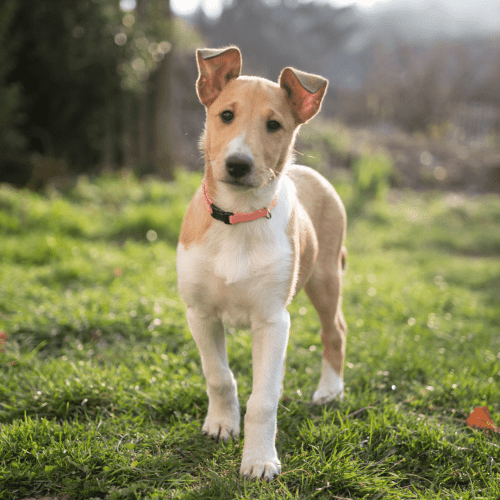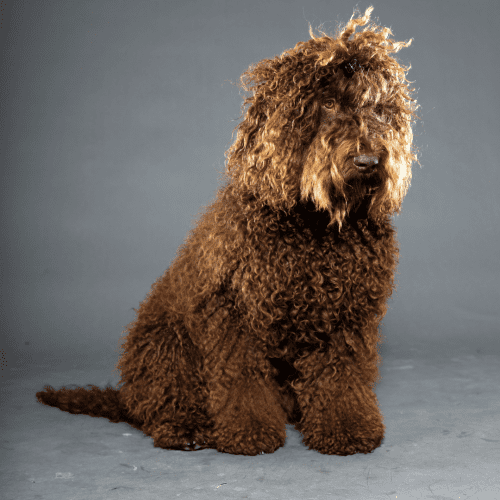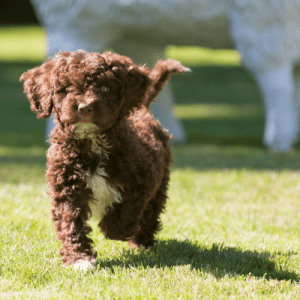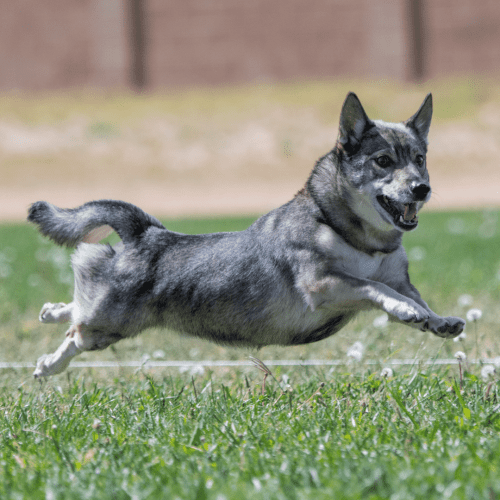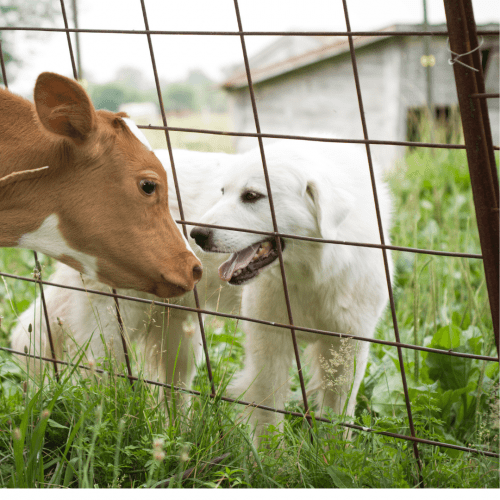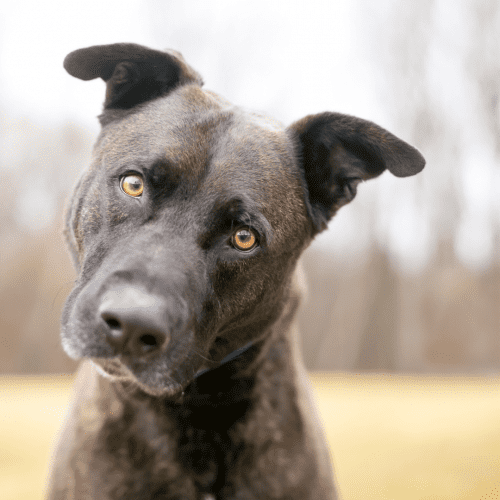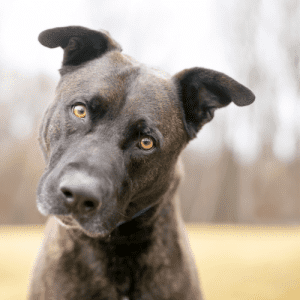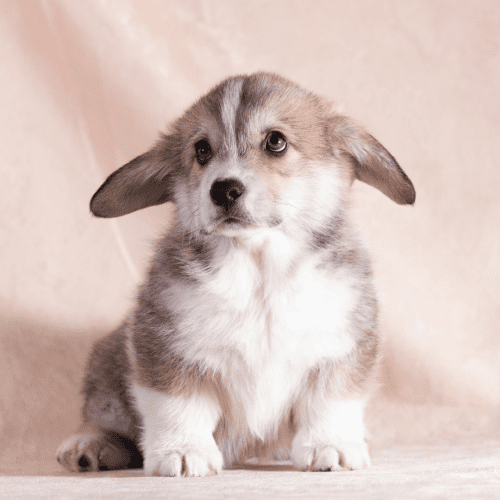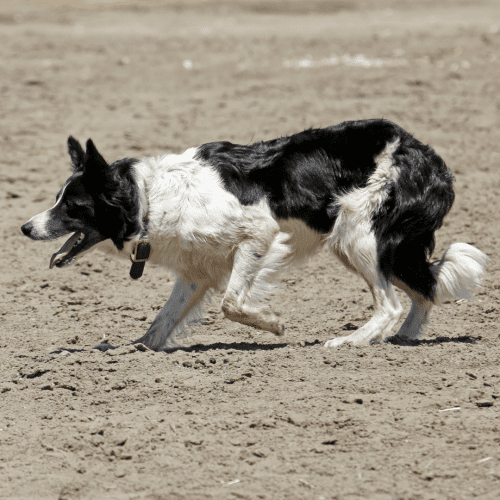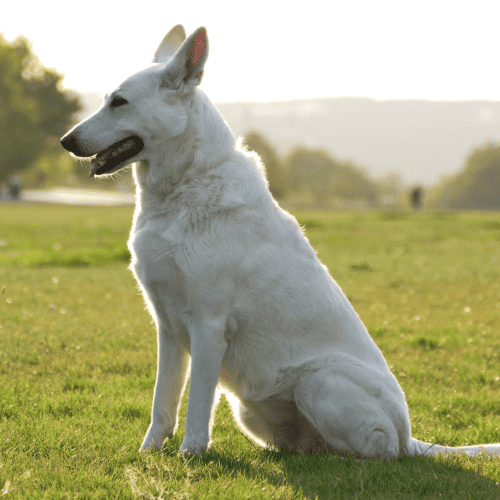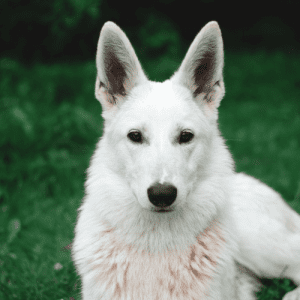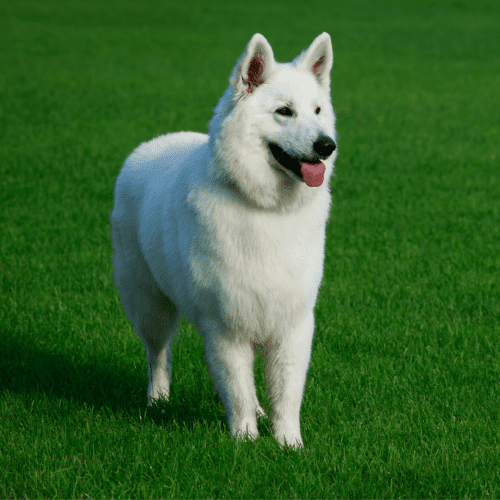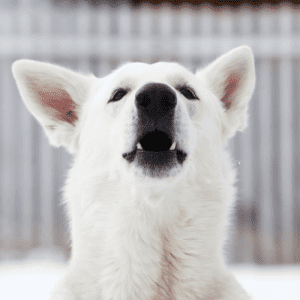Herding dogs are a specific type of dog that is bred to herd livestock. This includes rounding up sheep, cows, and other animals into a designated area. There are many different types of herding dog breeds, each with their own unique set of skills. These dog breeds are also known for being very intelligent and easy to train. While these dogs were traditionally used for herding purposes, they can also make great pets for families who have an active lifestyle.
The herding dog breed is a group of canines known for their innate ability to control and guide livestock with precision and efficiency. These dogs possess strong herding instincts, which are deeply ingrained in their genetic makeup. They have been bred for centuries to work alongside humans in managing livestock, and their natural instincts make them exceptional at their task.
To harness and develop these instincts, specific training techniques have been developed for herding dogs. These techniques focus on teaching the dogs commands, such as ‘come-by’ and ‘away,’ to direct the movement of livestock. Consistency, positive reinforcement, and patience are essential in training these dogs to ensure they understand and respond to their handler’s commands effectively.
Herding competitions provide a platform for herding dogs and their handlers to showcase their skills and abilities. These events evaluate the dog’s ability to move and control livestock through various tasks and obstacles. Such competitions not only highlight the capabilities of herding dogs but also contribute to the preservation and advancement of the breed.
While herding dogs are generally healthy, there are some health issues that can affect them. These may include hip dysplasia, eye disorders, and certain genetic conditions. Regular veterinary care, proper nutrition, and exercise can help mitigate these health concerns and ensure the well-being of these working dogs.
Some famous herding dog breeds include the Border Collie, Australian Shepherd, German Shepherd, and Belgian Malinois. These breeds have excelled in herding tasks and have gained recognition for their intelligence, agility, and dedication to their work.
Herding dog breeds are distinguished by their exceptional ability to control and guide livestock, a skill that sets them apart from other dog breeds. These breeds have been specifically bred for their herding instincts and are highly valued for their efficient and practical work in the field.
One of the key aspects that differentiate herding dog breeds is their training techniques. These dogs require specialized training that focuses on developing their natural herding instincts and teaching them commands to control livestock. The training process involves a combination of obedience training, socialization, and exposure to livestock.
Herding dog competitions and trials are another distinguishing feature of these breeds. These events test the dogs’ herding skills and abilities in a controlled and competitive environment. Competitions include tasks such as herding sheep through obstacles, separating specific animals from the herd, and demonstrating precise control over the livestock.
The intelligence and trainability of herding dog breeds are also notable. These dogs are known for their quick learning abilities, problem-solving skills, and high levels of obedience. Their intelligence allows them to grasp commands and adapt to different training techniques quickly.
Like all dog breeds, herding dog breeds are prone to specific health issues. Common health issues in herding dogs include hip dysplasia, eye problems, and allergies. Regular veterinary check-ups and proper care are essential to maintaining their overall health and well-being.
When choosing the right herding dog breed for your lifestyle, it’s essential to consider factors such as your living situation, exercise requirements, and level of experience with dog training. Some herding breeds may be better suited for active individuals or families with large yards, while others may be more suitable for those with a more relaxed lifestyle.
Included in the herding dog breed group are several well-known and highly regarded breeds known for their exceptional ability to control and guide livestock. These different breeds are recognized for their unique characteristics that make them excellent herding dogs.
One of the most famous herding dogs is the Border Collie. Known for their intelligence, agility, and intense focus, Border Collies are highly trainable and excel in herding competitions. They are natural gatherers and have a strong instinct to control the movement of livestock.
Another popular breed in the herding group is the Australian Shepherd. Despite their name, they were actually developed in the United States. Australian Shepherds are known for their endurance, versatility, and loyalty. They are quick learners and excel in various herding tasks, as well as other dog sports such as obedience and agility.
The German Shepherd is also recognized as a herding breed. They are renowned for their intelligence, strength, and versatility. German Shepherds are often used as working dogs in various fields, including herding. They have a natural instinct to protect and are highly trainable.
Other notable herding breeds include the Belgian Malinois, the Shetland Sheepdog, and the Pembroke Welsh Corgi. Each breed has its own unique characteristics and training methods that contribute to their effectiveness as herding dogs.
Originating from different parts of the world, herding dog breeds have a rich history that spans across various regions and cultures. The origins of these breeds can be traced back thousands of years, with evidence of their existence found in ancient cave paintings and writings. The exact history and evolution of herding dog breeds are complex and varied, as they have developed in response to the specific needs and environments of different human societies.
Herding dogs have played a significant role in the development of agricultural societies, where they were used to manage and control livestock. In some regions, such as the United Kingdom, herding dogs were bred specifically for their ability to work with sheep. These dogs, including the Border Collie and the Welsh Corgi, have become iconic symbols of the rural countryside and are highly valued for their intelligence and herding instincts.
In other parts of the world, such as Central Asia, herding dogs were developed to work with larger and more aggressive livestock, such as cattle and horses. These dogs, such as the Anatolian Shepherd and the Australian Cattle Dog, have evolved to be strong, fearless, and highly protective.
The cultural significance of herding dog breeds varies from region to region. In some societies, they are revered and considered integral members of the community, while in others, they are seen as working animals. The genetic variations among herding dog breeds reflect the diverse environments in which they were developed, with some breeds adapted to cold climates while others are better suited to hot and arid conditions.
These versatile and highly skilled herding dog breeds are primarily utilized by humans to assist in the management and control of livestock. Training techniques for herding dogs play a crucial role in harnessing their natural instincts and abilities. Dogs are trained to respond to commands, learn to read and anticipate the movements of livestock, and develop the necessary skills to herd and control them effectively.
Herding dog competitions have gained popularity worldwide, showcasing the exceptional skills and agility of these breeds. Competitions like the National Sheepdog Finals and the World Sheepdog Trials test the dogs’ ability to navigate through challenging courses and successfully herd livestock. These events not only highlight the talent of the dogs but also provide a platform for breeders, trainers, and enthusiasts to exchange knowledge and techniques.
In modern farming, herding dogs are indispensable. They assist farmers in gathering, sorting, and moving livestock, making the process more efficient and less labor-intensive. With their natural herding instincts, these dogs can help farmers manage large herds and prevent the loss or injury of livestock.
Herding dog breeds also play an important role in search and rescue missions. Their intelligence, agility, and ability to work in various terrains make them valuable assets in locating missing persons or trapped individuals. These dogs are trained to track scents, follow commands, and navigate through challenging environments, aiding in successful rescue operations.
Furthermore, herding dog breeds are increasingly being recognized for their therapeutic qualities. Their calm nature, sensitivity, and ability to establish a bond with humans make them effective therapy animals. They provide comfort and companionship to individuals in hospitals, nursing homes, and rehabilitation centers, enhancing their emotional well-being and promoting healing.
Herding dog breeds attract a diverse range of individuals who value their unique abilities and appreciate their strong work ethic. These individuals are often active and outdoorsy and enjoy engaging in activities that challenge both their physical and mental skills. They are typically drawn to the intelligence, agility, and loyalty of herding dogs.
One type of person that connects with herding dog breeds is the farmer or rancher. These individuals rely on herding dogs to help them manage their livestock, ensuring that the animals are kept in check and guided in the right direction. The farmer or rancher understands the importance of the herding dog’s natural instincts and utilizes their skills to maintain a well-organized and efficient operation.
Another type of person who connects with herding dog breeds is the dog sports enthusiast. These individuals are passionate about training and competing with their dogs in various activities, such as obedience, agility, and herding competitions. They appreciate the challenge of working with herding dogs and enjoy the bond and teamwork that develops through training.
Lastly, there are individuals who appreciate the companionship and loyalty of herding dogs. These individuals may not have a specific need for their herding abilities but value the breed’s intelligence, trainability, and protective nature. They often engage in regular exercise and mental stimulation with their dogs, providing an outlet for their natural instincts.
It is important to note that herding dog breeds require proper socialization, consistent training methods, and regular exercise to thrive. They are prone to certain health issues, such as hip dysplasia and eye problems, which potential owners should be aware of and take into consideration.
One key aspect to consider about herding dog breeds is their high energy levels and need for regular physical exercise. These breeds were specifically bred for herding livestock and had a natural instinct to work and stay active. Therefore, providing them with ample exercise and mental stimulation is crucial for their overall well-being.
When it comes to training techniques for herding dogs, positive reinforcement methods work best. These dogs respond well to rewards such as treats, praise, and playtime. Consistency and patience are also important, as herding dogs can be independent thinkers and may require time to understand and obey commands.
Like any other dog breed, herding dogs are prone to specific health issues. Some common health problems in herding breeds include hip dysplasia, epilepsy, and eye diseases. Regular veterinary check-ups and a balanced diet can help prevent or manage these conditions.
Herding dog breeds are known for their agility and athleticism, which makes them ideal candidates for agility competitions. These events test the dog’s speed, agility, and obedience as they navigate through obstacle courses. Border Collies and Australian Shepherds are among the most successful breeds in agility competitions.
In the entertainment industry, several herding dog breeds have gained fame through their appearances in movies and TV shows. Border Collies, Australian Shepherds, and Shetland Sheepdogs have showcased their intelligence and trainability in various roles.
Lastly, herding dog breeds play a vital role in search and rescue operations. Their innate herding instincts and keen sense of smell make them valuable assets in locating missing persons or providing assistance in disaster situations. These dogs are highly trainable and excel in tasks that require focus, agility, and problem-solving abilities.
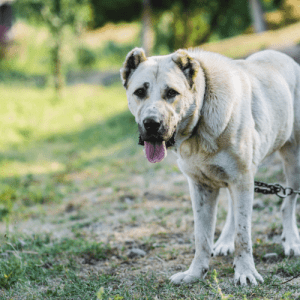


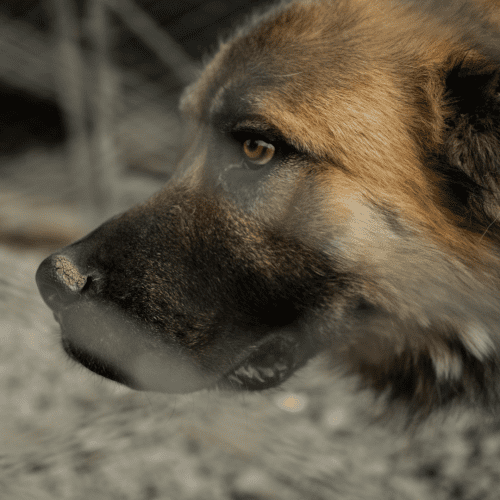
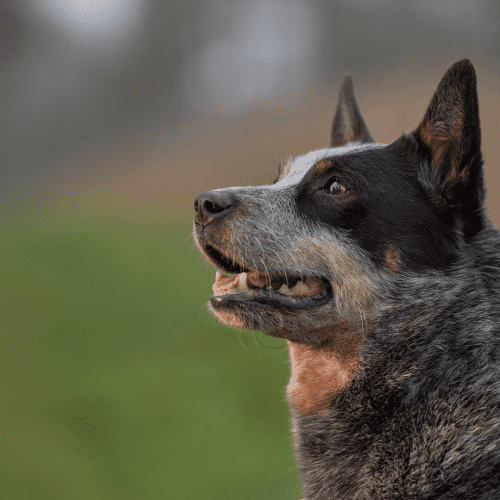
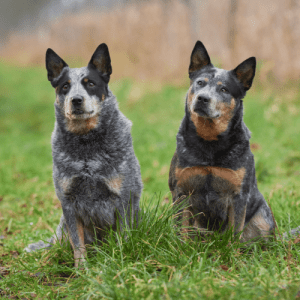
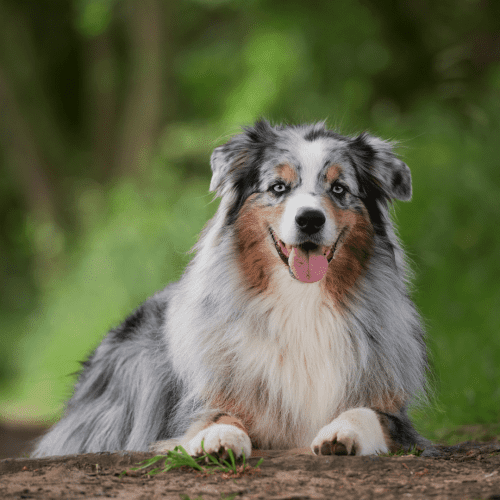

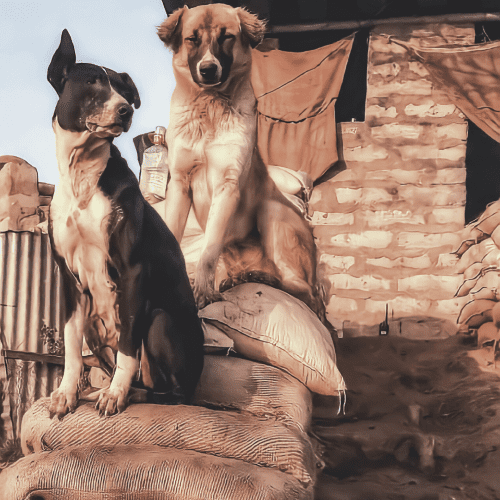
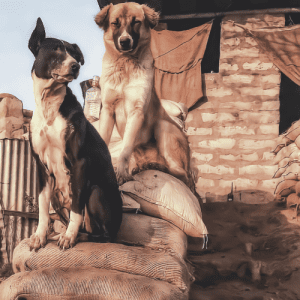
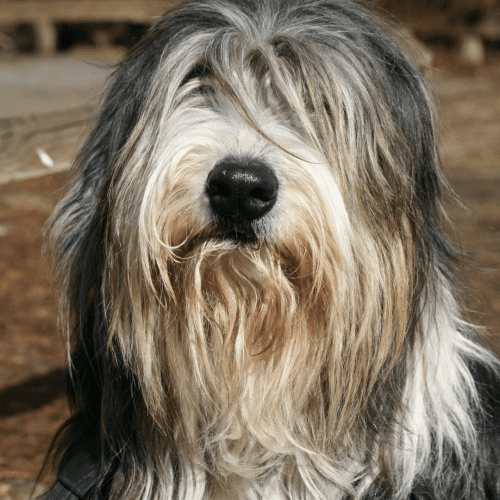

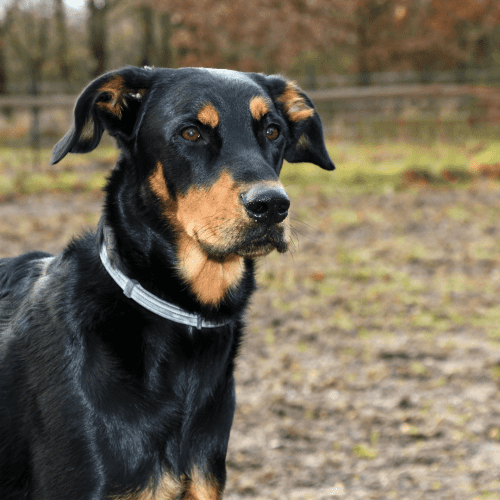

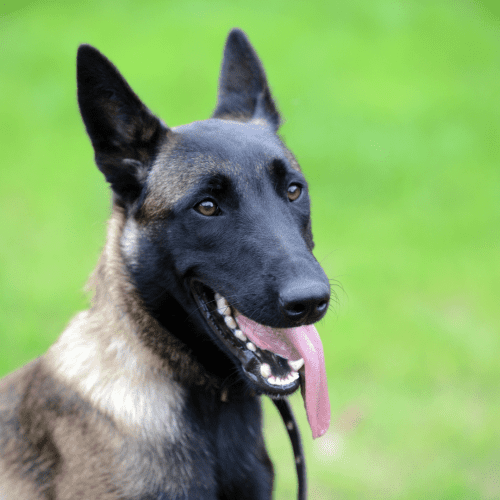
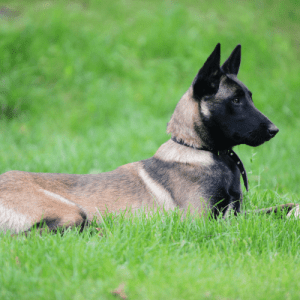
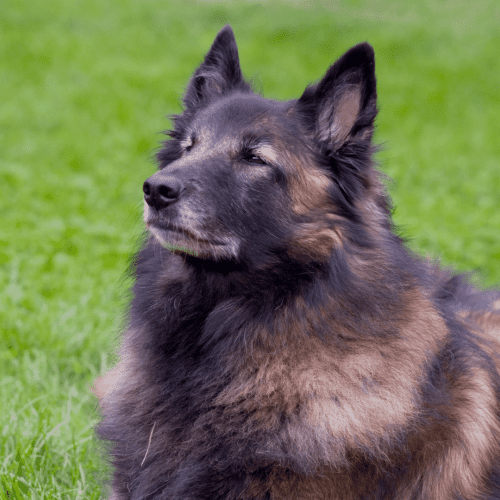

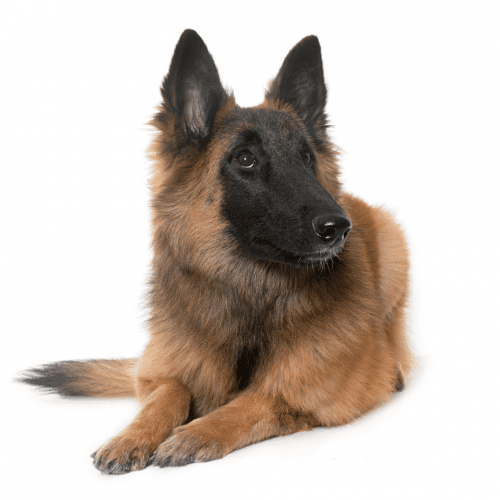



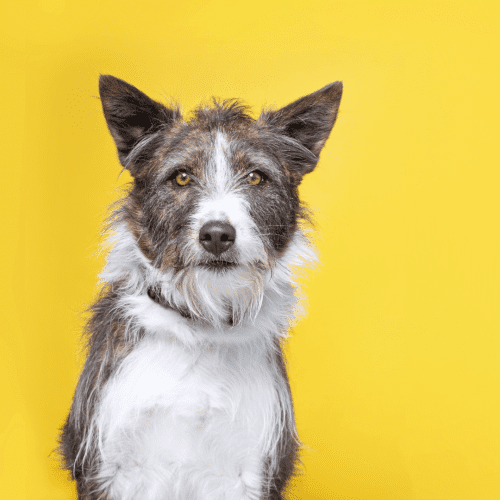



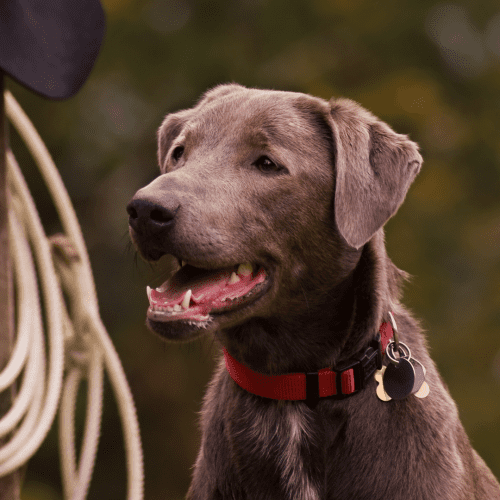

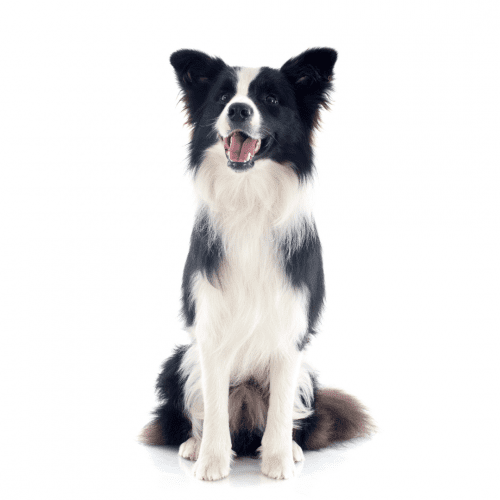

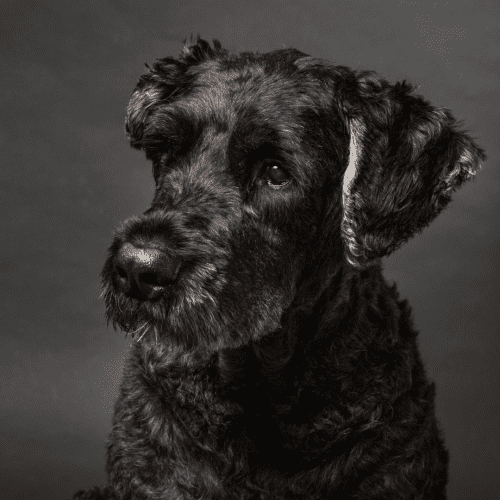
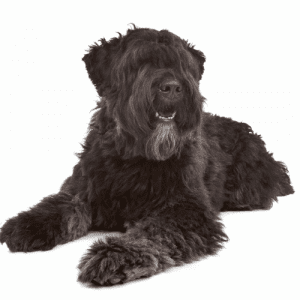
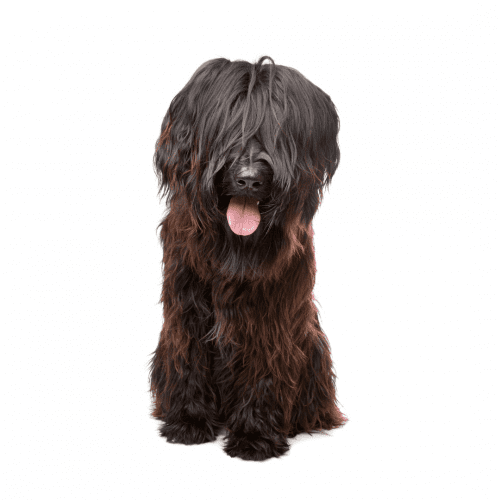

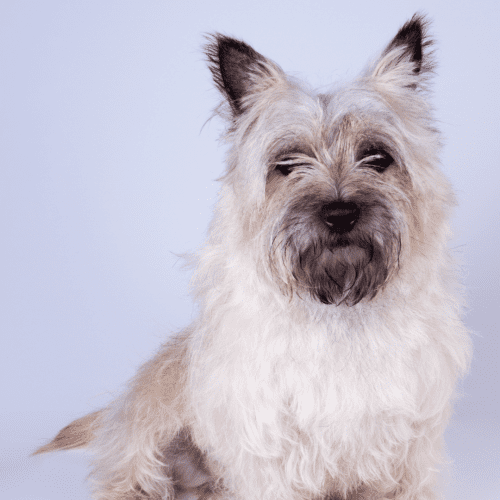

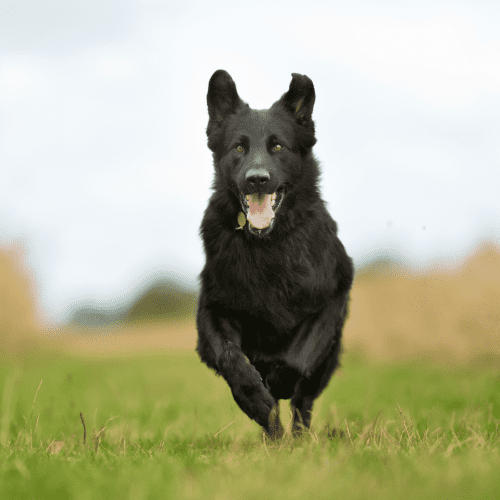
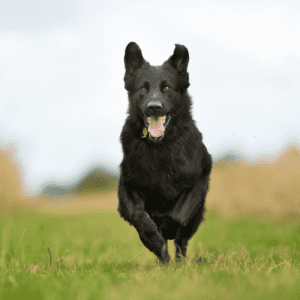
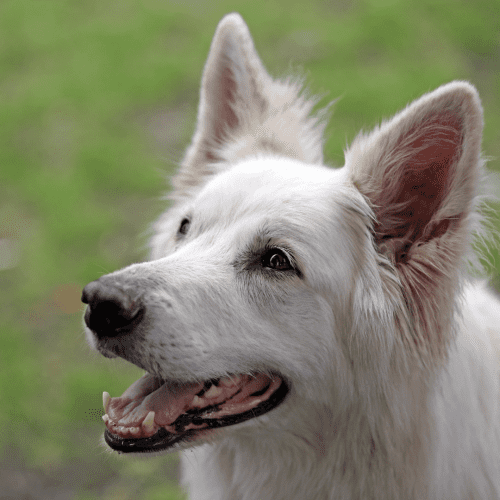
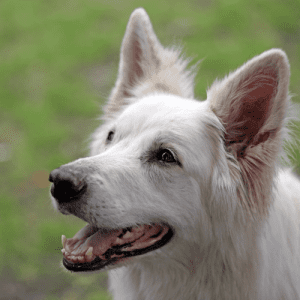
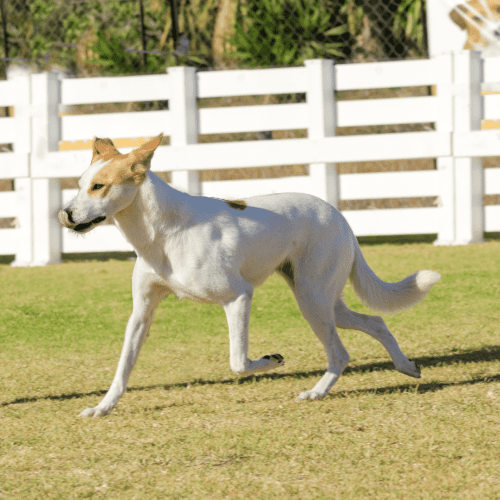

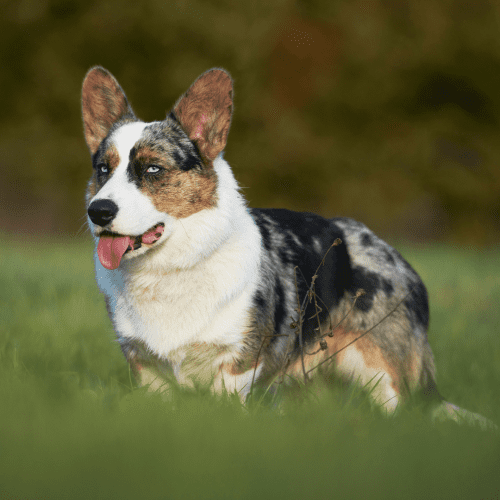
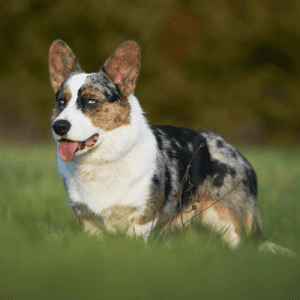
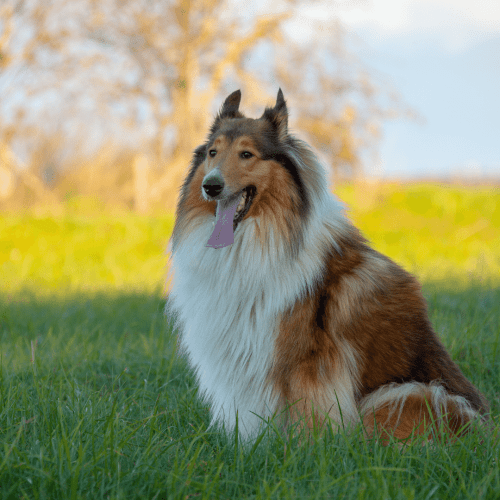

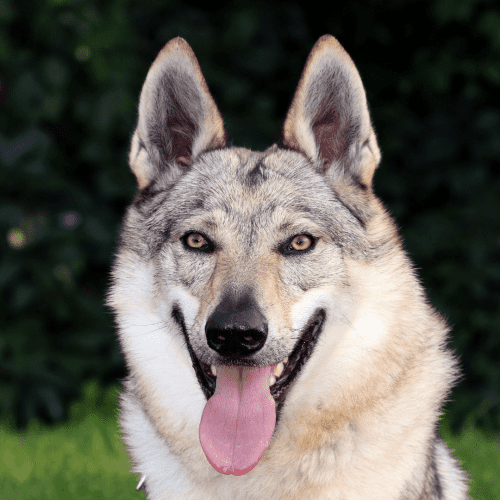
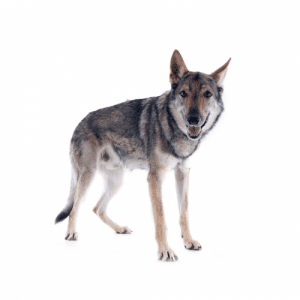
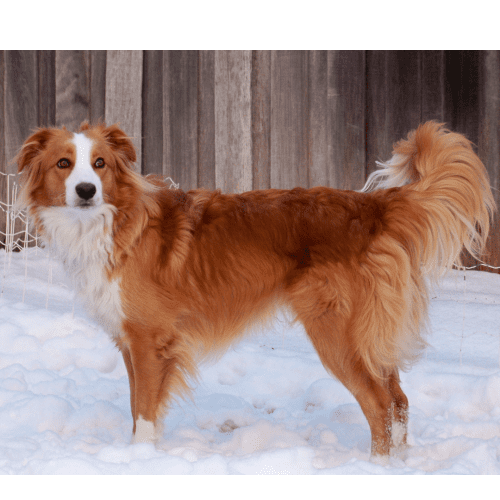

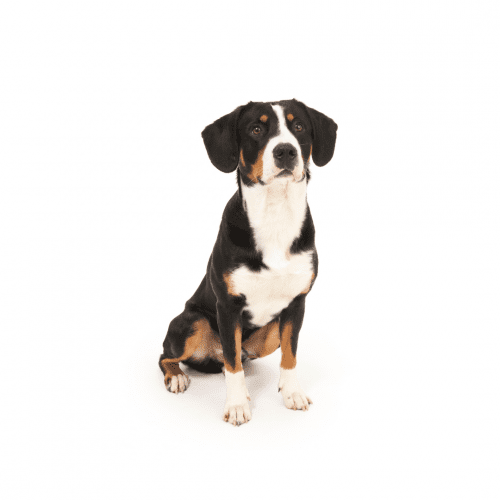
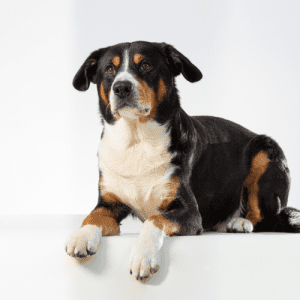
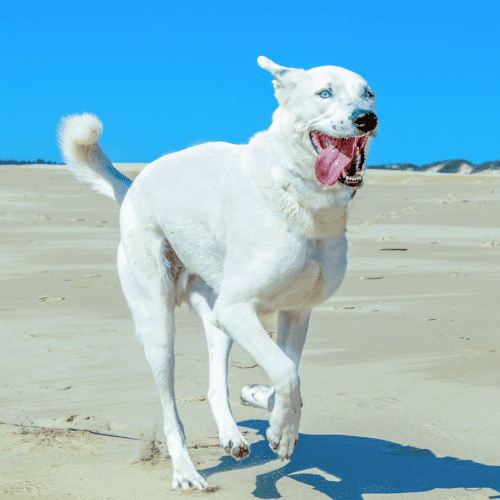
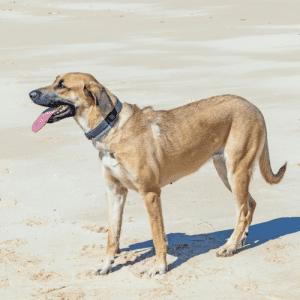
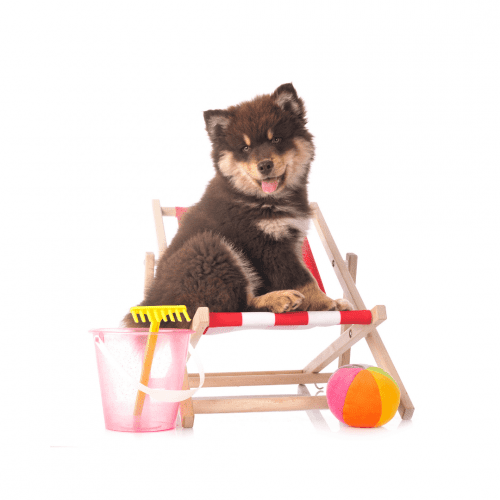

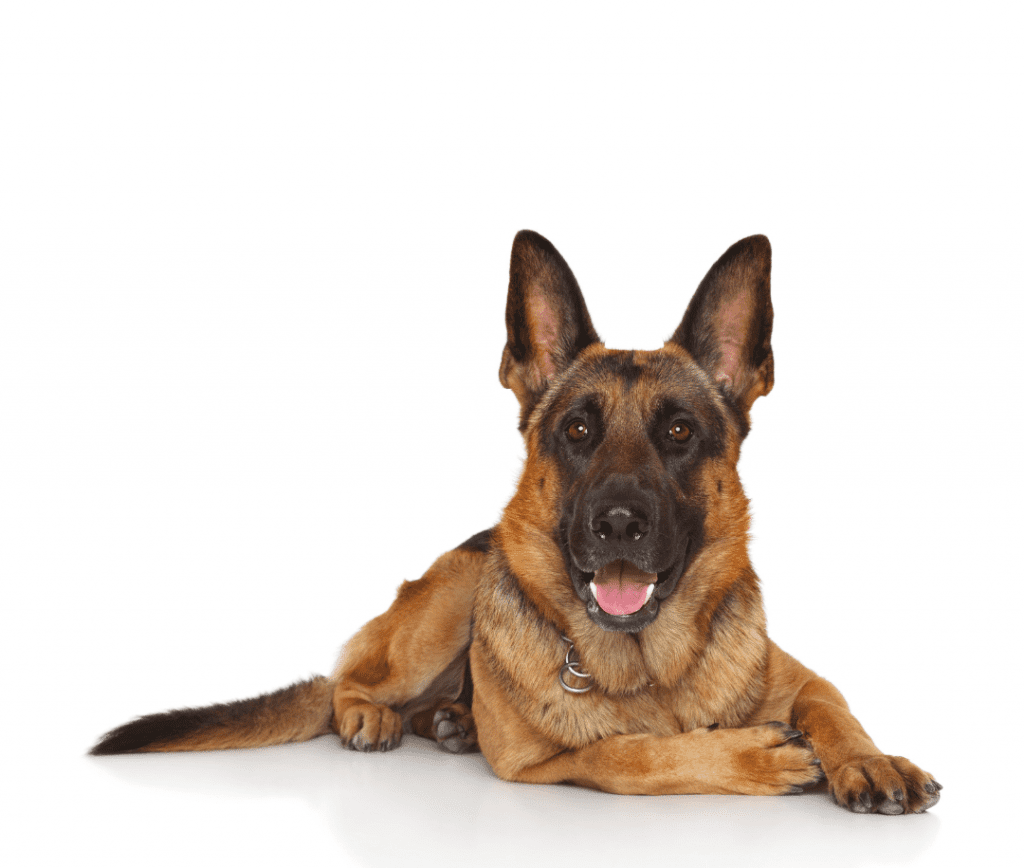
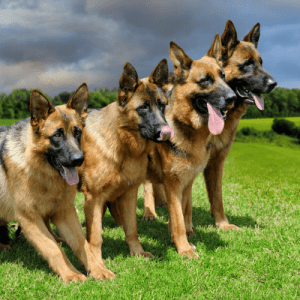
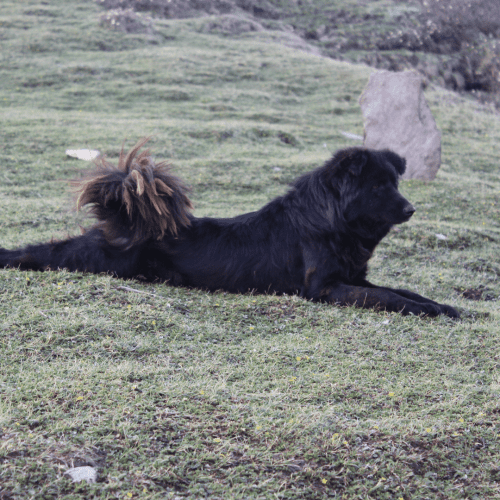
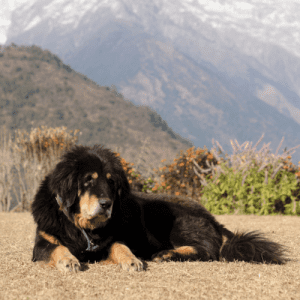
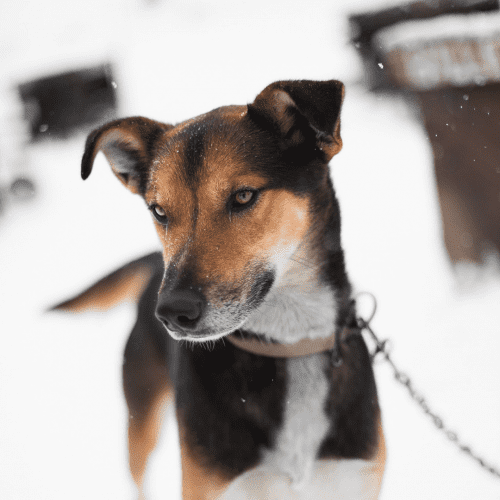

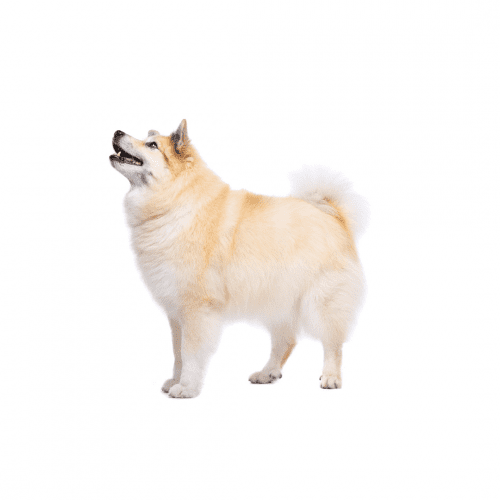

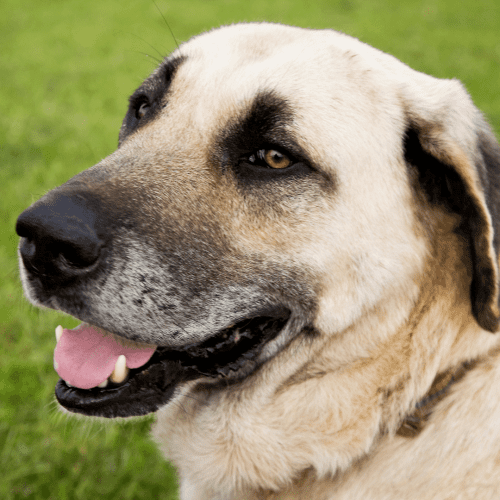

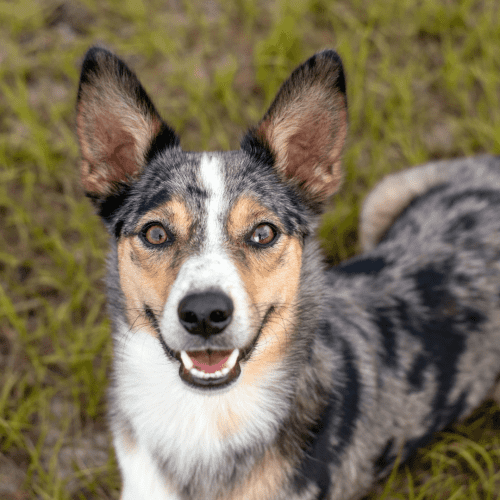

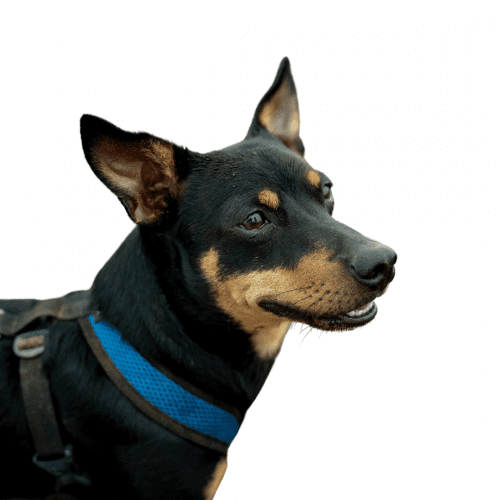
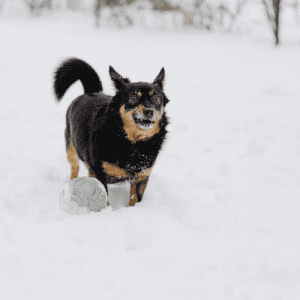
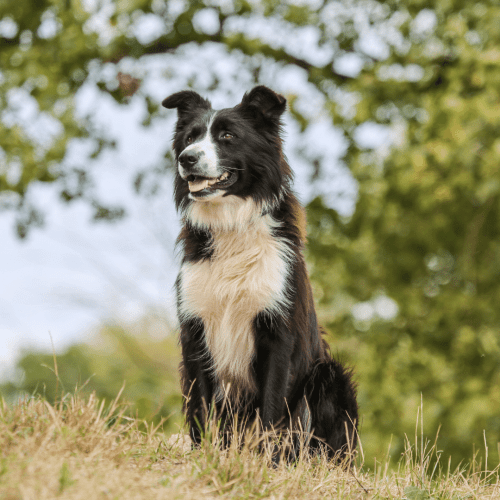

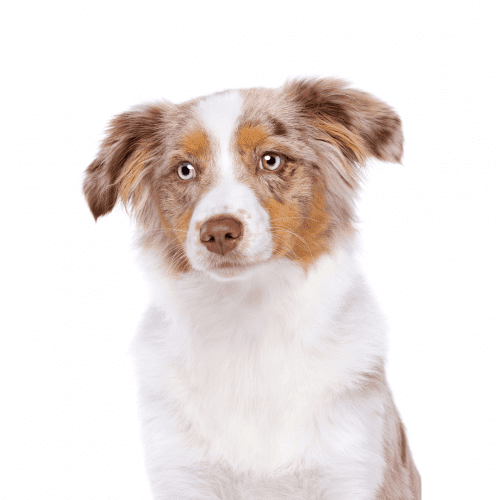

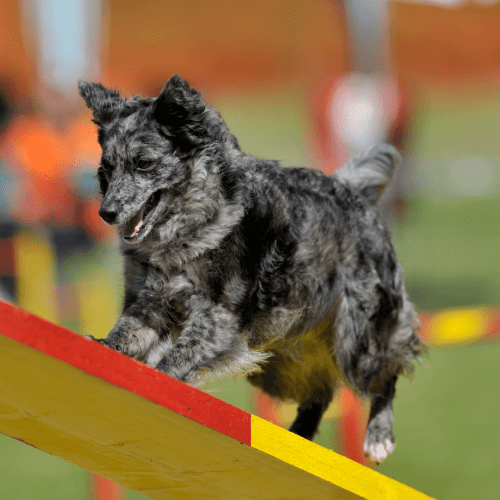

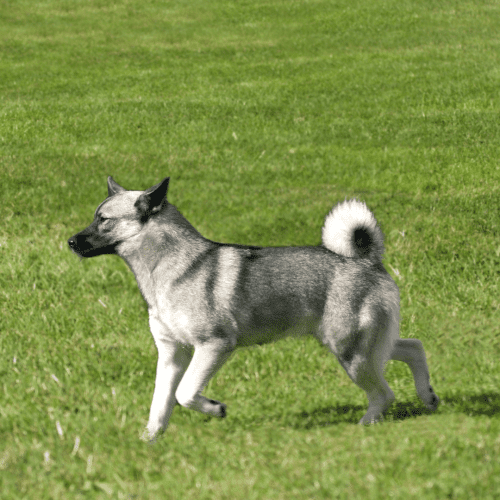

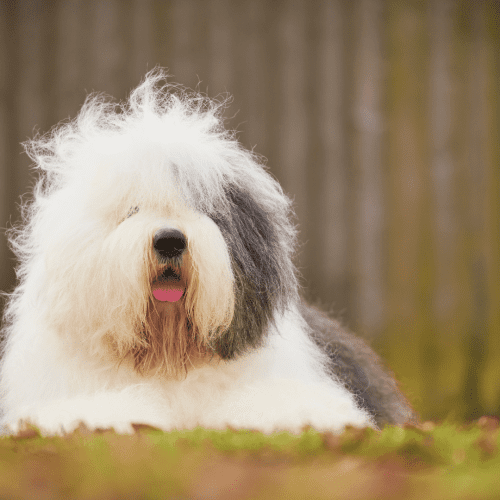

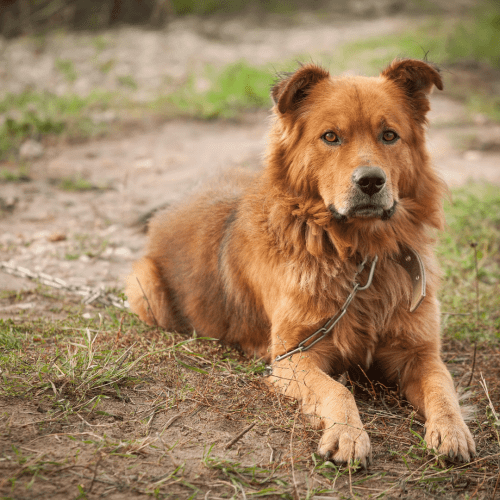

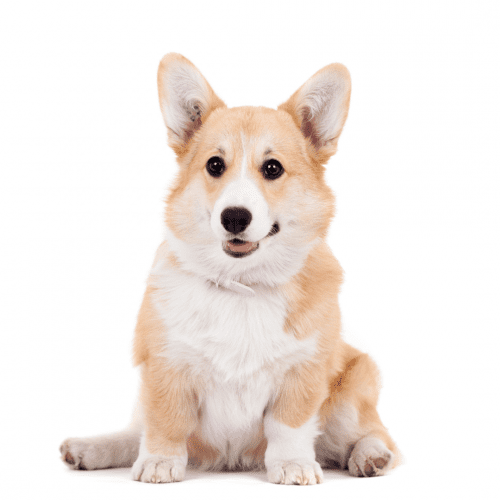
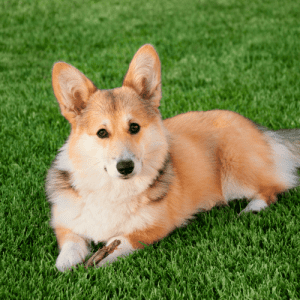
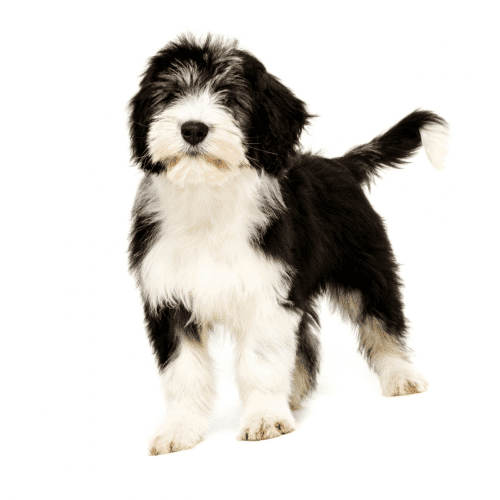

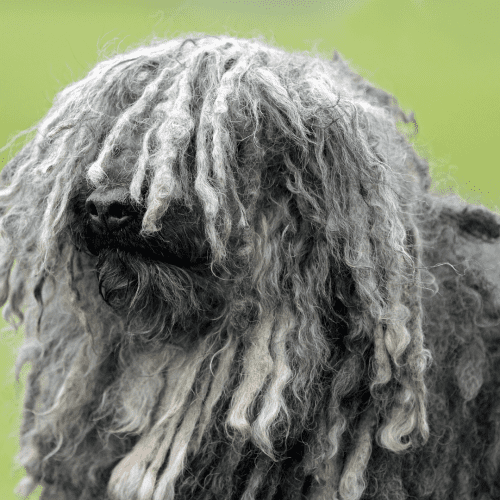

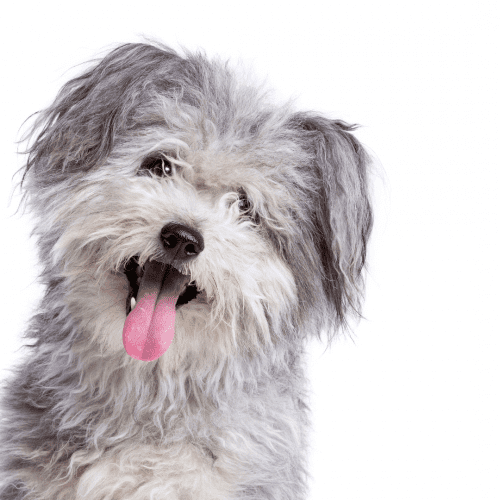

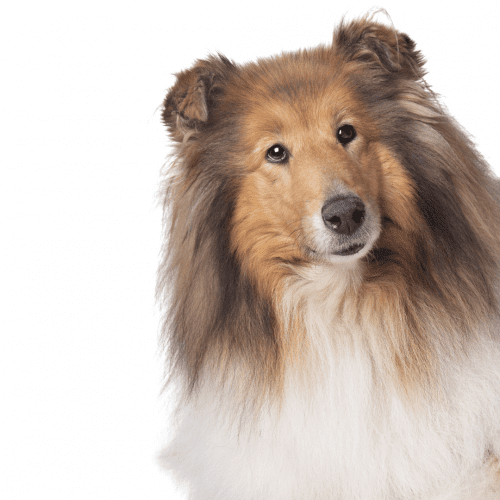
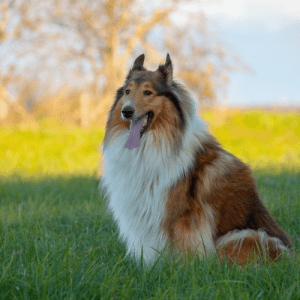
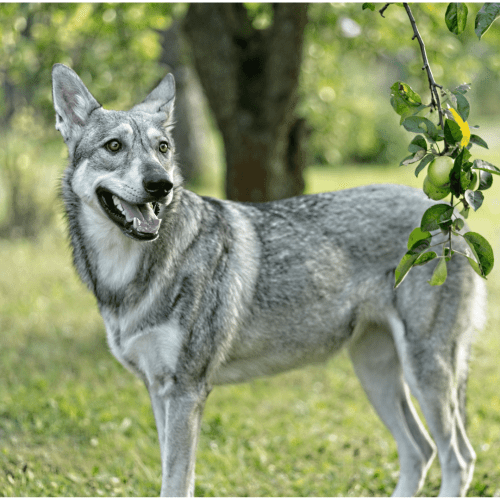

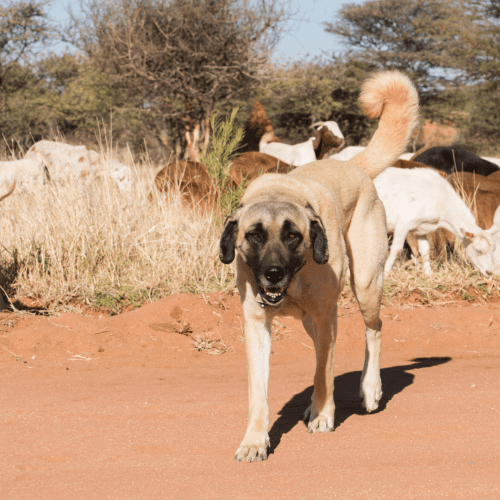
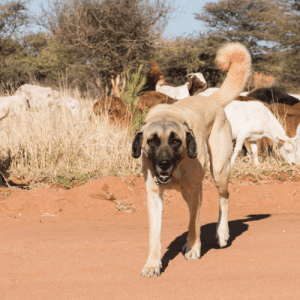
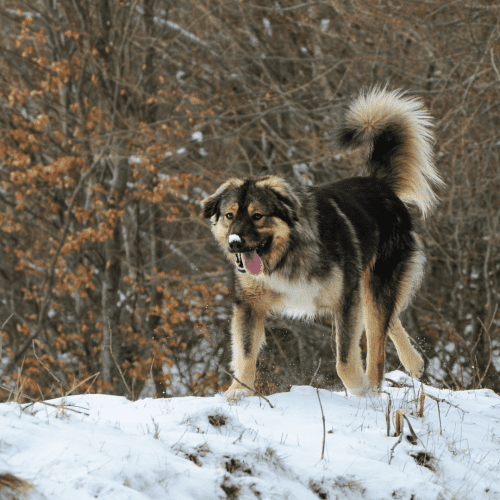

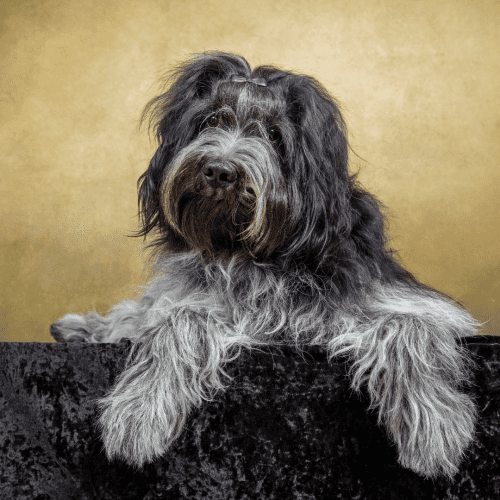

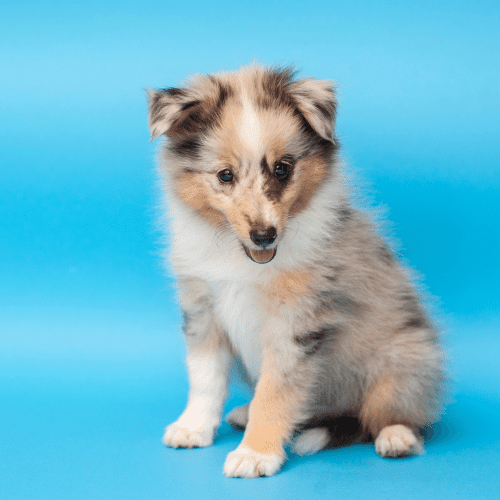
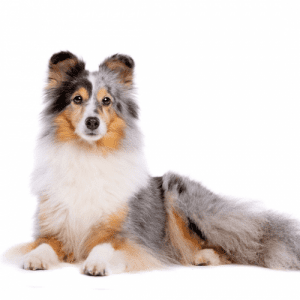 What Is The History Of The Shetland Sheepdog, aka Sheltie Dog Breed?
What Is The History Of The Shetland Sheepdog, aka Sheltie Dog Breed?